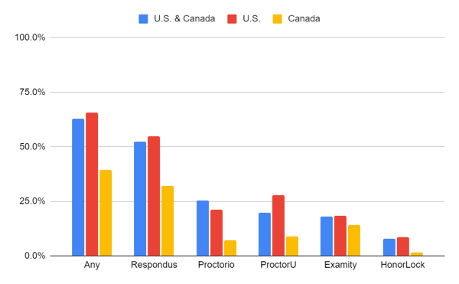In March 2020, just a few days before higher education institutions and k-12 in North America shuttered down, my colleagues Shandell Houlden and I published a short op-ed. There’s one point in that op-ed continues to continues require our attention. There’s a second point that did not make it into the published version for a number of reasons, but also requires our attention. March 2020 would have been a great time to address these two issues. February 2021 is still a good time, so I am posting them here
The need for skill and preparedness should serve as a reminder that institutions need to cultivate their in-house pedagogical and online learning expertise. The process of unbundling and outsourcing that many institutions have engaged in with respect to online learning in recent years–while enabling them to benefit from the expertise of others–leaves institutions vulnerable to third parties. When Phipps writes that a vendor “offered their platform for free to students in China for three weeks” we should heed Ayebi-Arthur’s recommendation, who in writing about educational technology responses to the 2011 earthquake in New Zealand, notes that such free gifts “set in motion long-term expectations that need to be managed.”
[Main points: Cultivate online learning expertise; short-term responses vs. long-term efforts/expectations/processes; be suspicious of “free” offers, as edtech has a history of bait-and-switch offers]
Notably, these lessons will apply beyond higher education. Many K-12 schools faced closures in 2009 in response to the H1N1pandemic, and this is newly becoming a possibility outside of China. The challenges faced here will also be somewhat different, as caregivers negotiate work and children, a struggle which many people are ill-prepared for.
[Main points: Inequities; some people have the resources, knowledge, skills, social-economic-cultural capital, and power to cope and manage and thrive while some do not; e.g., new NBER research [pdf] showing how women academics, especially mothers of young children have been disproportionately impacted]
We ended with this: “In this increasingly unstable world, crises potentially impact our education systems as much as anything else in their way. This will be true whether the crisis is caused by the circulation of a new pathogen, or something else entirely: war, flooding, or wildfire, as are more common due to climate change. What we have before us is a stark reminder that we should approach the promises of technological solutionism with caution. Flexible and resilient educational systems require more than tools. They demand collaboration, preparation, expertise, resources, and use of lessons learned in the past.”


